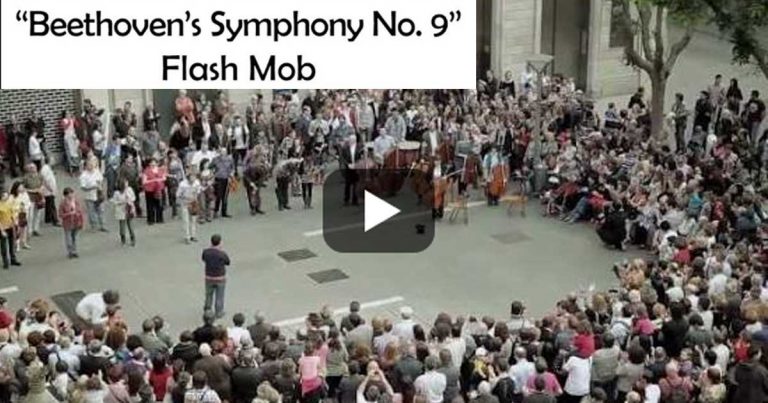Piano Evolution: A Brief History of Keyboard Instruments
Post Date:
If you’re interested in music history, you may have wondered how the piano came to be. The evolution of keyboard instruments is a fascinating topic that spans centuries and continents. From the earliest clavichords and harpsichords to the modern grand piano, the development of keyboard instruments has been shaped by advances in technology, changes in musical taste, and the creative genius of individual inventors.
The story of the piano begins in the early 18th century, when Italian harpsichord maker Bartolomeo Cristofori invented a new instrument that he called a “gravicembalo col piano e forte” (harpsichord with soft and loud). This instrument, which we now know as the piano, had hammers that struck the strings, allowing for a greater range of dynamics and expression than the harpsichord. Over the next few decades, other European instrument makers refined Cristofori’s design, and the piano became a popular instrument for both solo and ensemble performance.
As the piano gained popularity, it continued to evolve. Innovations such as the double escapement mechanism, which allowed for rapid repetition of notes, and the use of iron frames to support the tension of the strings, made the piano a more versatile and durable instrument. Today, the piano remains one of the most beloved and widely played instruments in the world, and its evolution continues as new technologies and materials are developed.
Ducilmer
Before the development of the piano keyboard, an instrument called the Ducilmer appeared, which is considered an ancestor of the piano. The ducilmer already used a similar system to generate sounds through strings struck over a wooden resonance box.
Origins of Keyboard Instruments
Keyboard instruments have a long and fascinating history, with early versions dating back over two thousand years. The earliest keyboard mechanisms were simple and crude, but they laid the groundwork for the sophisticated instruments we know today.
Medieval keyboards: Organetto
During the medieval period, keyboard instruments continued to evolve. The organetto was a popular instrument during this time, and it used a keyboard to control a set of bellows that produced sound. The organetto was an important precursor to the pipe organ, which emerged in the 14th century.
Renaissance Innovations: Clavichord
During the Renaissance period, keyboard instruments were still in their infancy. The clavichord, a small rectangular box with strings, was the most popular keyboard instrument of the time. It was played by pressing keys that struck the strings, producing a soft sound. However, the clavichord had its limitations. It could not produce a loud enough sound to be heard in large concert halls, and its tuning was often inconsistent.
In the late 15th century, a new keyboard instrument called the harpsichord was invented. The harpsichord used a mechanism called a “plucking mechanism” to produce sound. When a key was pressed, a small piece of quill or plectrum plucked the string, producing a louder and more sustained sound than the clavichord. This innovation allowed the harpsichord to become the dominant keyboard instrument of the Renaissance period.
Virginal and Spinet
The Cravo still had two smaller versions that became quite popular in their time. The virginal had a new string system that used a leather or bird feather pick. Its design could be rectangular or polygonal and its sound was louder. However, he didn’t have much expression.
Virginal
The spinet was very similar to the virginal, but had a longer design and had a keyboard of up to five octaves.
Spinet
Baroque Era and the Harpsichord
During the Baroque era, the harpsichord continued to evolve. The addition of a second keyboard and the use of pedals allowed for greater control over the sound produced. The harpsichord also became more ornate, with intricate designs and decorations.
The harpsichord was the primary keyboard instrument of the Baroque era and was used extensively by composers such as Bach, Handel, and Scarlatti. Its popularity began to decline in the 18th century with the rise of the piano, which had a wider range of dynamics and expression.
Despite its decline in popularity, the harpsichord remains an important part of keyboard instrument history. Its unique sound and intricate design continue to fascinate musicians and music lovers alike.
The Fortepiano
The fortepiano, also known as the pianoforte, was invented in Italy in the early 1700s. It was a significant improvement over the harpsichord, which could not produce dynamics, or changes in volume. The fortepiano used hammers to strike the strings, allowing for a wider range of expression.
The first fortepianos were small and delicate, with a range of only about four octaves. They were often used in chamber music settings, and were popular with composers such as Mozart and Haydn.
Piano by Bartolomeo Cristofori
Over time, the design of the fortepiano evolved to allow for a greater range of expression and volume. One of the most important advancements was the addition of a damper pedal, which allowed the pianist to sustain notes for longer periods of time.
In the early 1800s, the English piano builder John Broadwood developed a larger and more robust piano, with a range of up to six octaves. This design became popular throughout Europe and the United States, and was used by composers such as Beethoven and Chopin.
In the mid-1800s, the French piano builder Sebastien Erard introduced the double escapement action, which allowed for faster repetition of notes. This design was used in some of the most famous pianos of the 19th century, including those played by Franz Liszt and Frederic Chopin.
Today, the piano continues to evolve, with advancements in technology allowing for digital pianos and hybrid instruments that combine acoustic and electronic elements. Despite these changes, the fortepiano remains an important part of piano history, and its influence can still be heard in the music of today.
